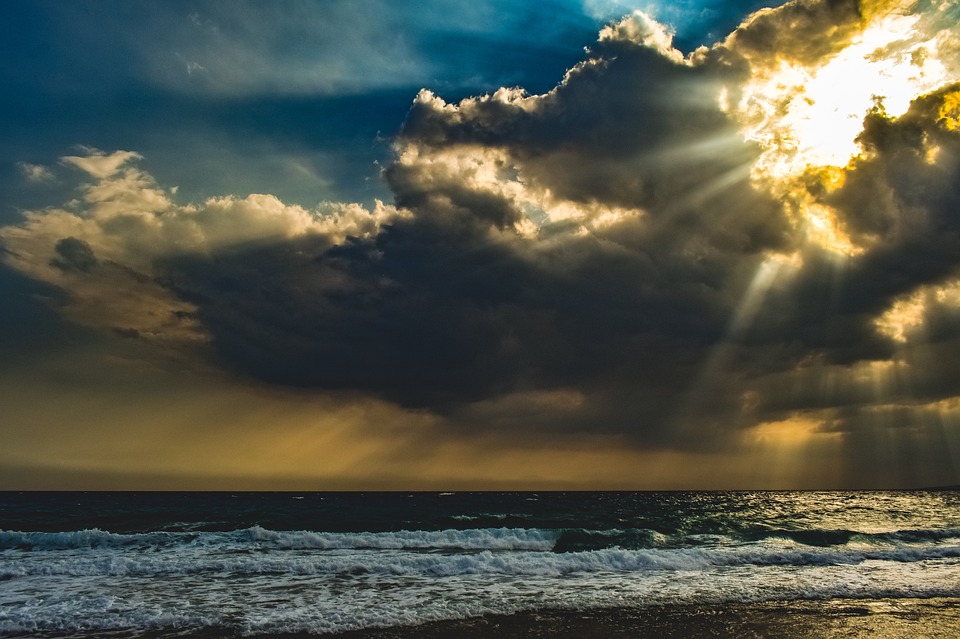What Is the Climate Zone of California? Exploring California’s Diverse Climate Regions
California is a state renowned for its extraordinary geographic diversity, which ranges from the stunning Pacific coastline to majestic mountains, arid deserts, and fertile valleys. This vast array of landscapes is influenced by California’s latitude, topography, and proximity to the Pacific Ocean, resulting in a wide range of climate zones. This article will explore California’s various climate zones, their defining characteristics, and their impacts on ecosystems, agriculture, and lifestyle.
Overview of California’s Climate Diversity
Why California Has Multiple Climate Zones
– Varied Geography and Elevation: California’s geography encompasses coastal plains, high mountains, deserts, and fertile valleys. This variety leads to significant climate variations across the state.
– Latitude Range: Spanning latitudes from approximately 32°N to 42°N, California encompasses regions that experience both temperate and subtropical climates.
– Influence of the Pacific Ocean: The Pacific Ocean plays a crucial role in moderating temperatures along the coast. It creates cooler, more stable conditions near the shoreline and affects humidity and rainfall patterns inland.
Primary Climate Zones of California
Mediterranean Climate (Central and Coastal California)
– Warm, Dry Summers and Mild, Wet Winters: The Mediterranean climate is predominant in coastal and central California, including cities like San Francisco, Los Angeles, and Sacramento. This region is characterized by dry, warm summers and mild, wet winters.
– Seasonal Rainfall: Most rainfall occurs from late fall to early spring, with little precipitation during summer months. This necessitates irrigation for agriculture.
– Ecosystems and Vegetation: The Mediterranean climate supports chaparral and oak woodlands, hosting unique plant species adapted to dry summers.
Desert Climate (Southern California Deserts)
– Hot, Arid Conditions: Areas such as Death Valley and the Mojave Desert experience an arid desert climate with extremely hot summers and very low annual rainfall (less than 10 inches).
– Temperature Extremes: Summer temperatures can exceed 120°F (49°C), while winters remain dry with minimal precipitation.
– Sparse Vegetation and Unique Wildlife: Desert regions are home to cacti and shrubs adapted to arid conditions; wildlife is often nocturnal to avoid extreme daytime heat.
Semi-Arid Steppe Climate (Central Valley)
– Hot Summers and Cool Winters: The Central Valley features a semi-arid steppe climate with hot summers and cooler winters.
– Agricultural Breadbasket: This region is one of the most productive agricultural areas in the U.S., relying heavily on irrigation for crops like almonds, grapes, and citrus fruits.
– Rain Shadow Effect: The Sierra Nevada mountains create a rain shadow that limits rainfall in the Central Valley, making water management crucial for farming.
Alpine Climate (Sierra Nevada and High-Elevation Areas)
– Cold, Snowy Winters and Cool Summers: High-elevation areas like the Sierra Nevada experience heavy snowfall in winter alongside cool summers.
– Seasonal Snowpack: The snowpack in the Sierra Nevada is vital for California’s water supply as it melts during dry months.
– Unique Flora and Fauna: Alpine regions support coniferous forests and specialized plant and animal species adapted to cold conditions.
Coastal Climate (Northern California Coast)
– Mild Temperatures and High Humidity: The northern California coast experiences cool temperatures year-round with frequent fog and high humidity.
– Marine Influence and Frequent Fog: Proximity to the Pacific Ocean stabilizes temperatures while summer fog helps maintain moisture for coastal redwoods.
– Lush Coastal Forests: This area supports temperate rainforests characterized by towering coastal redwoods thriving in the cool environment.
Seasonal Weather Patterns in California
Winter (December to February)
– Coastal regions receive most of their rainfall during winter while alpine areas experience heavy snowfall.
– Desert regions remain dry but can experience occasional mild winter rains.
Spring (March to May)
– Spring brings warmer temperatures and blooming wildflowers across many areas, particularly in deserts after winter rains.
– Snowmelt from the Sierra Nevada feeds rivers as temperatures rise.
Summer (June to August)
– Most regions experience hot and dry weather; however, coastal areas enjoy milder conditions.
– The risk of wildfires increases significantly during this season due to dry conditions.
Fall (September to November)
– Fall marks cooling temperatures with rain returning to coastal regions by November.
– Dry conditions can extend fire season due to hot winds blowing inland.
Impact of California’s Climate on Ecosystems and Agriculture
Diverse Ecosystems and Wildlife
California’s climate zones support a wide range of ecosystems—from coastal redwood forests to desert landscapes—each harboring unique plant and animal life. Protecting sensitive habitats is essential due to the state’s biodiversity.
Agricultural Production and Water Use
California’s Mediterranean and semi-arid climates facilitate year-round agriculture; however, summer irrigation is necessary due to limited rainfall. Farmers increasingly adopt drought-resistant crops and efficient irrigation practices amid water scarcity challenges.
Tourism and Outdoor Recreation
The diverse climate zones support various recreational activities year-round—from skiing in the Sierras to beach outings along the coast—making California a popular tourist destination. Seasonal attractions like spring wildflower blooms or winter snow sports draw visitors from across the nation.
Effects of Climate Change on California’s Climate
Increasing Temperatures and Extended Droughts
Rising temperatures lead to longer droughts that significantly affect water availability in both agricultural regions like the Central Valley and urban areas. Prolonged heatwaves also pose risks for public health.
Declining Snowpack in Alpine Regions
Warming temperatures are reducing snowpack levels critical for summer water supply. This decline necessitates adaptation strategies for both agricultural practices and urban water management.
Increased Frequency and Intensity of Wildfires
Drier conditions coupled with higher temperatures have resulted in longer fire seasons that threaten ecosystems while contributing to poor air quality affecting public health.
Frequently Asked Questions (FAQs)
1. What is the main climate zone in California?
– The primary climate zones include Mediterranean along the coast/central areas, desert in southern regions, semi-arid in the Central Valley, and alpine at high elevations.
2. Does California have a rainy season?
– Yes, most rain falls during winter months (December-March), with little precipitation during summer.
3. Why is California prone to wildfires?
– The dry summer climate combined with high winds creates ideal conditions for wildfires that are exacerbated by climate change.
4. How does the Pacific Ocean affect California’s climate?
– It moderates coastal temperatures while influencing humidity levels and precipitation patterns inland.
5. How is climate change affecting California?
– Climate change leads to rising temperatures, reduced snowpack levels, prolonged droughts, and more intense wildfire seasons impacting water resources, ecosystems, and agriculture.
Conclusion
California’s diverse climate zones—ranging from Mediterranean to alpine—support unique ecosystems that shape lifestyles across the state. However, managing water resources amid these varying climates poses significant challenges. Addressing these issues through conservation efforts and sustainable practices will be vital for maintaining resilience against climate change impacts while preserving California’s rich natural heritage.

Kyle Whyte is a notable scholar and professor at the University of Michigan, holding positions such as the George Willis Pack Professor in the School for Environment and Sustainability and Professor of Philosophy. Specializing in environmental justice, his work critically examines climate policy and Indigenous peoples’ ethics, emphasizing the nexus between cooperative scientific endeavors and Indigenous justice. As an enrolled Citizen Potawatomi Nation member, he brings a vital perspective to his roles as a U.S. Science Envoy and member of the White House Environmental Justice Advisory Council. His influential research is supported by various prestigious organizations including the National Science Foundation, and disseminated through publications in high-impact journals. Kyle actively contributes to global Indigenous research methodologies and education, with affiliations to numerous institutes and societies dedicated to traditional knowledge and sustainability. Recognized for his academic and community engagement, Kyle has earned multiple awards and served in various visiting professorships. His efforts extend to leadership positions on boards and committees focused on environmental justice nationwide.
